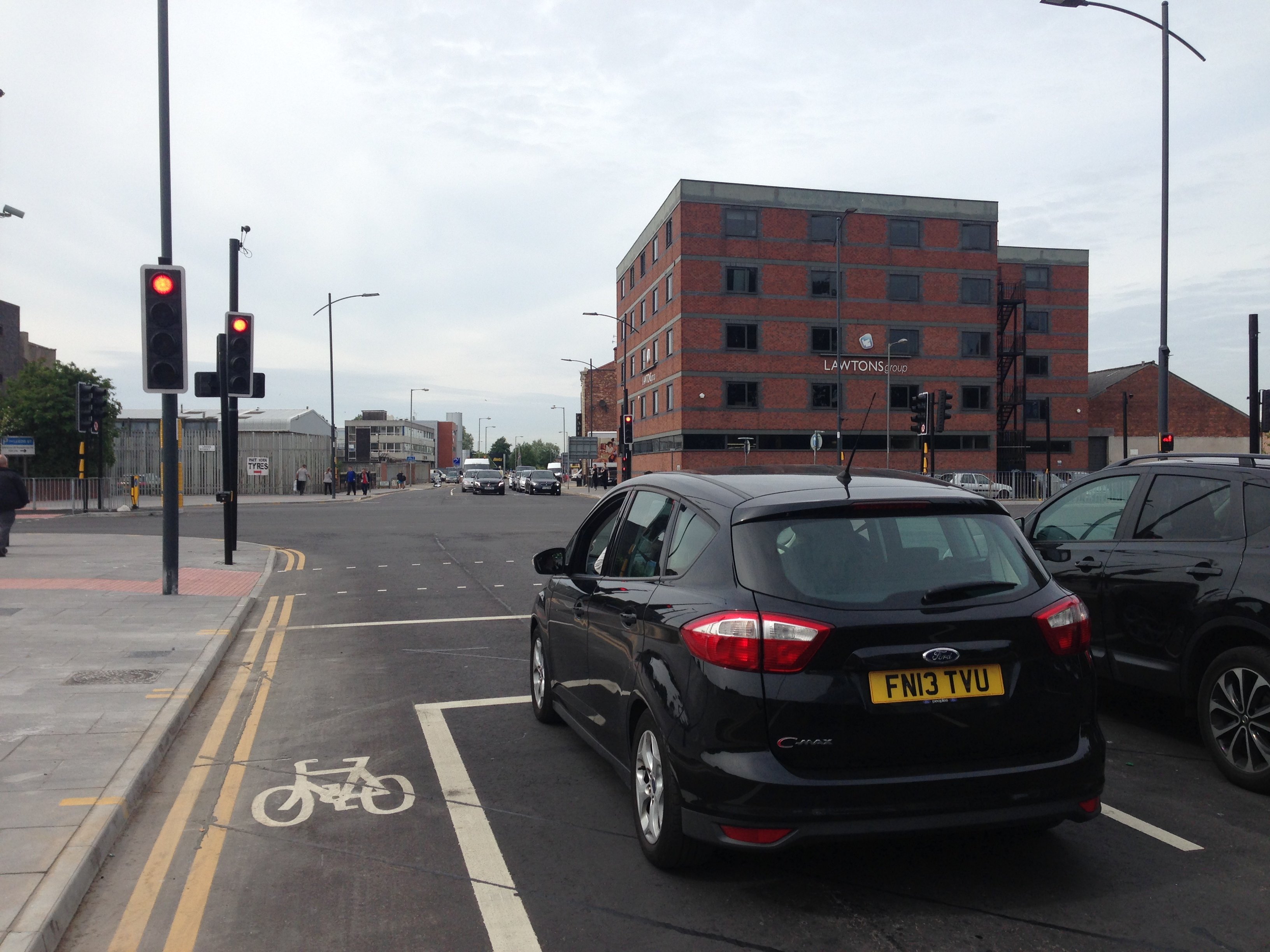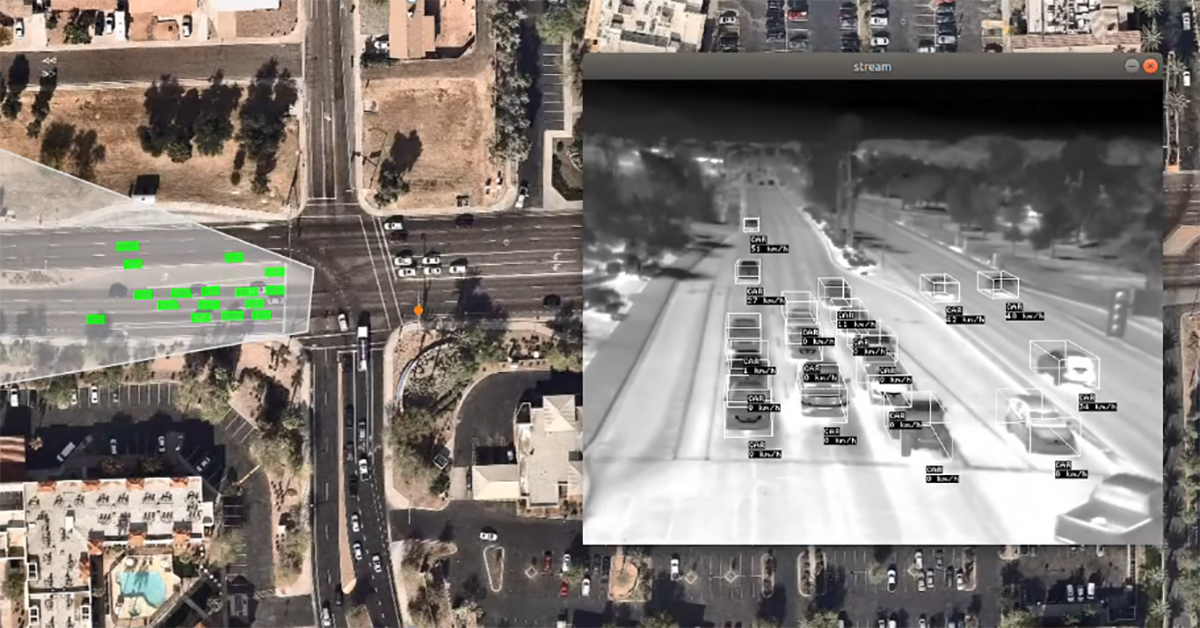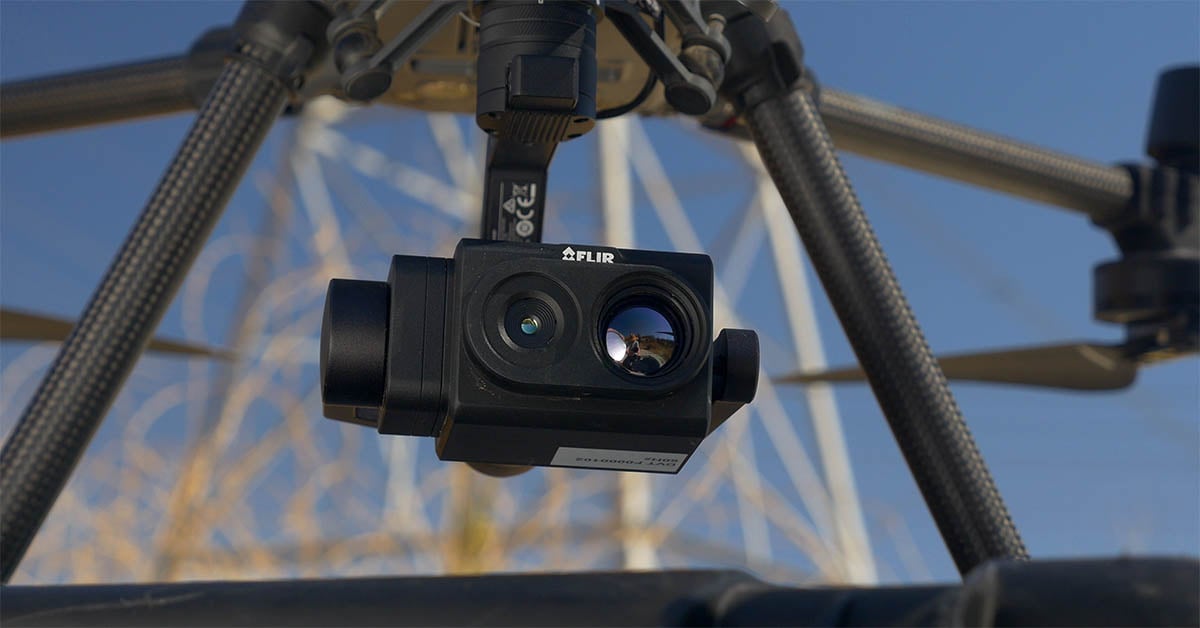City of Liverpool relies on thermal imaging to boost cycling
If it is up to the Liverpool City Council, an extra 30,000 residents will be cycling in andaround the city over the next few years. The City is keen to make cyclingeasier and more convenient in the city and says it will invest in the creationof a network of safe cycle routes, improvements in safety training andenforcement, and ensuring that cycling is included in council policies.
Dedicated Bike Scheme
The city developed a scheme for Leeds Street, which links directly with The Strand, where the historic Waterfront and Three Graces are located. The scheme is funded by the Regional Growth Fund via the UK Department for Business, Innovation and Skills and includes road resurfacing, innovative traffic signals, LED street lighting, public realm regeneration, cycle and pedestrian facilities and capacity improvements. On completion, the scheme will improve transport links, by removing pinch points at junctions. It will also increase the capacity of the Leeds Street route, which links North Liverpool with the city’s commercial district. The scheme was designed, project managed and constructed by Amey and built by local contractor King Construction.
Innovative traffic signals at the junctions with Vauxhall Road and Pall Mall now help cyclists beat traffic. A signal displaying a green bike comes on before the full green for other traffic, allowing cyclists a five second head start on other vehicles. The signal expires when the full green light comes on. The signals are powered by FLIR ThermiCam sensors, which detect cyclists and distinguish them from other vehicles, meaning the advance lights are not used when there are no cyclists, avoiding delays to other road users.
“The two junctions on Leeds Street were designed to make cyclists more confident in our city traffic and at the same time, increase awareness with motorists about the presence of cyclists,” says James Leeming, Senior Project Manager at the Liverpool City Council. “If cyclists coming from Vauxhall Road and Pall Mall want to cross Leeds Street, they have to effectively cross six lanes. In the previous traffic layout, cyclists had to cross the junction at the same time as traffic. For some cyclists, this is often not enough. Not to mention how dangerous it can be when big vehicles and cyclists cross the street together in a crowded traffic situation at pinch points.”
“Leeds Street is a major strategic route into Liverpool so we certainly did not want to add an additional ‘cycle’ stage, on top of the normal traffic signal stages and increase waiting times for both cyclists and motor vehicles, creating frustration. Instead, we proposed a demand-based head start for cyclists without long intergreen periods that activated when cyclists arrived at the intersection so they also get the use of the following full green stage. To make this happen we needed reliable cycle detection. We knew FLIR Systems would be able to help us with that.”

Thermal Sensor for Cycle Detection
Both Vauxhall Road and Pall Mall now have one ThermiCam unit on both sides of Leeds Street. ThermiCam does not need light to operate, but uses the thermal energy emitted from vehicles and cyclists. This enables the sensor to detect vehicles and bikes in the darkest of nights, over a long range and in the most difficult weather conditions. In this case, the intelligent ThermiCam sensor is transmitting its cycle detection information to the traffic light controller and thus it allows for a more dynamic control of traffic lights. This results in reduced vehicle idling time, improved traffic flow and improved safety and mobility for cyclists. ThermiCam not only detects cyclists at the stop line, but also within a more advanced distance from the stop line, so that the traffic signal can take into account the cycle presence sooner before the stage change point. This way, we can reduce the number of cyclists arriving at the stop line just after the stage change decision and missing out on the cycle stage, which would have been missed out because the demand wasn’t received soon enough.
.png)
Reliable Detection
Dennis Sartain, Senior Engineer Traffic Systems Design at Amey Consulting, comments: “This project totally depends on reliable detection. I have worked with induction loop systems for vehicle detection before. This technology often detects adjacent vehicles. Magnetometers are similar small in-pavement detectors, also buried in the ground, and detect presence of vehicles based on changes in an ambient magnetic field. Both Loops and magnetometers are subject to reinstatement after resurfacing schemes, which do not impact on above ground thermal detection. What’s more, the detection of carbon fibre bicycles, which are now popular, is not particularly effective by ground installed detection.
“We have had good experiences with other presence detection products from FLIR Systems, such as the TrafiCam vehicle presence sensor. The detection from this visual video sensor is very reliable, and works with the same types of algorithms as the FLIR ThermiCam sensors. The only difference is that the latter has a thermal camera core instead of a visual one.”
“FLIR Intelligent Transportation Systems and Amey have a long outstanding relationship and have worked together in deploying TrafiCam vehicle detection sensors for the urban market, SafeWalk pedestrian sensors and Automatic Incident Detection systems for tunnels in Birmingham,” says Sukhdev Bhogal, Business Development Director at FLIR. “Naturally, we were delighted to be selected for delivering ThermiCam sensors for this prestigious £3.5 million project.”
More Safety and Confidence for Cyclists
Cllr Malcolm Kennedy, Liverpool City Council’s Cabinet Member for Regeneration and Transport said “We are using the most up-to-date technology to help cyclists. They will get a start on other traffic at the signals which will not only help traffic flow but improve safety. This work will improve links, by removing pinch points at junctions. It will also increase the capacity of the Leeds Street route, which links North Liverpool with the city’s commercial district.”
“This was of course the whole point of the project: to get more people on their bikes in a safe environment, without annoying other road users. It was certainly scary before for cyclists, with potential to be squeezed to the kerb by the passing heavy traffic, but now thanks to the ThermiCam sensors, cyclists have more space and time to cross the six lanes of Leeds Street, given their head start. Along with the other traffic safety measures, this will give cyclists more confidence.”
“Other cities in the UK are looking at this installation with great interest,” says Dennis Sartain. “I can only recommend the thermal imaging technology from FLIR, because it has proven to be very reliable. In addition, the FLIR ThermiCam sensors are very easy to install. Since these sensors are installed above ground, no extensive ground works are needed and traffic is not obstructed in any way during installation.”


